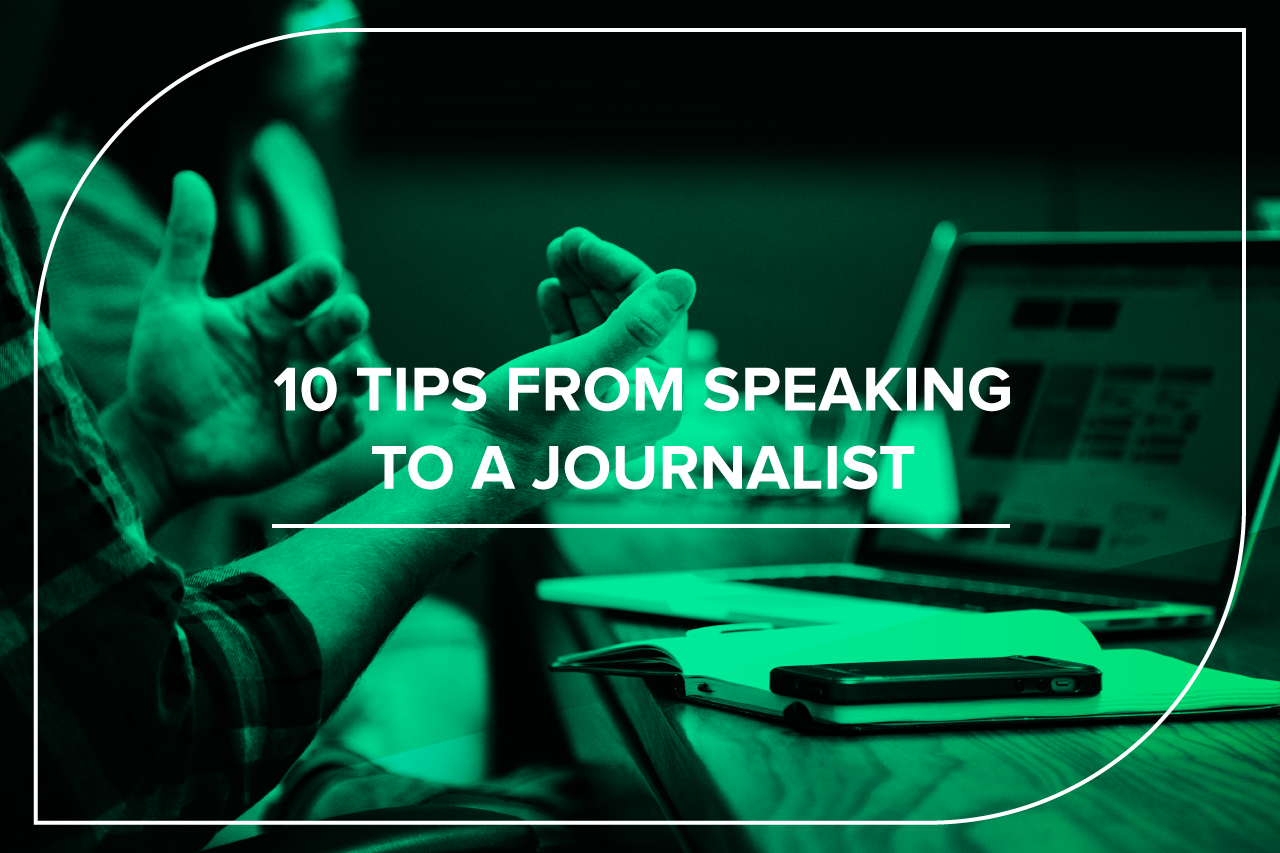Digital PR Isn’t Link Building. It’s the Most Profitable Channel You’re Ignoring
Digital PR

30 / 01 / 20
Recently, I had the opportunity to head to London to meet with Simon Neville, City Editor at the Press Association. As many PRs are in the dark when it comes to the inner workings of the newsroom, any opportunity for gaining inside insight is always welcome. Simon was there to answer the pressing questions we have when it comes to press – is there a perfect time of day to pitch? And what do journalists think of follow-ups?
Follow these quick tips when it comes to working with journalists.
How does your story add value to the journalist or their readers? Many companies are happy to offer an opinion but tend to regurgitate what’s already been said. Some datasets have very little to say. Is the data you’re offering actually interesting, or is it only interesting to your client? Ask why – why would a journalist want this?
Your average journalist will get around three hundred new pitches a day. Simon described his role as spinning plates ten plates at once. Because of this, it’s easy for your pitch to get buried. Make sure you stand out with an engaging subject line.
Press Association have two people in from 7am checking for unusual pitches, and these days, newsrooms are opening earlier and earlier to get a head-start on the competition. It can help to get your story in before 9am. Mornings are key for coverage too, as many journalists are out or in meetings during the afternoon.
Journalists are in a rush. Your subject line needs to be snappy, and they need to know what your pitch is about almost instantly. Keep things brief.
You have to be available, because journalists work fast. If a journalist follows up asking for clarification on your data, a slow response could mean losing the story. If you don’t reply in time they’ll just move back down their pitches until they find someone who will.
With so many pitches and plates in the air, most journalists don’t have the time to do research. This can be a good opportunity for getting coverage. So for example, if you have a property client and the government releases data on new home builds by region, can you read the research on behalf of your client and pull out some key findings for the press? They’ll welcome someone doing the legwork for them.
Spend enough time reading retail stories and you’ll see the same header image on all of them. Journalists are hungry for imagery and often rely on the same handful of stock-photos to get by. If your client has a bank of original images, it might be worth sending them on – an image credit can still provide a link.
One data set can be boring – compare two and you’re more likely to get a journalist’s attention.
An extension of ‘Comparisons are Key,’ go even broader by breaking your data down by region. Gives you more journalists to contact too!
Test your ideas with something called ‘the pub test.’ How do you do it? Easy – if the subject is something you’d happily discuss in the pub with your mates, it’s probably got legs for a story. If you wouldn’t, then maybe it’s not interesting enough?
Of course, not all journalists are the same. What are your pro-tips for working with press?